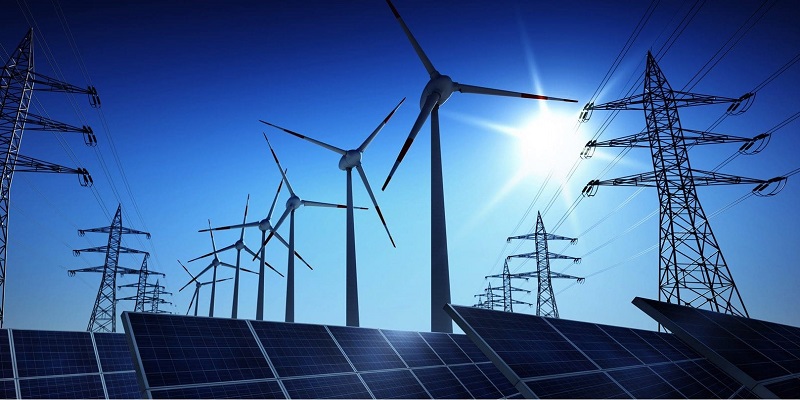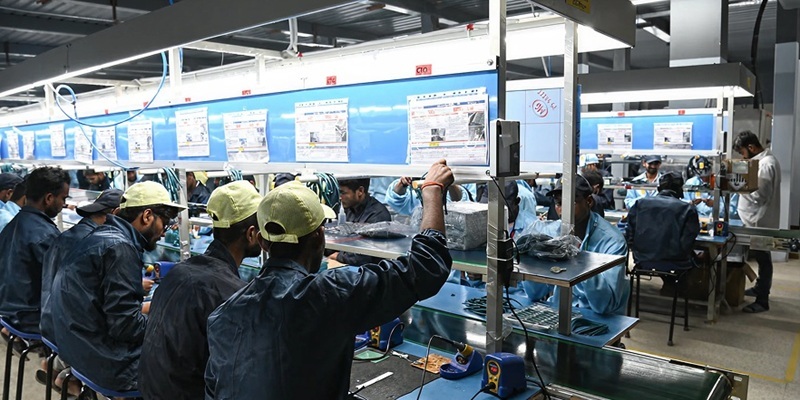Schedule a Call Back
Delicate balance between load regulation and renewable energy grid integration
 Articles
Articles- Jan 17,24

Related Stories

Beyond fixed automation: The rise of dynamic factory systems
In this article, Emily Newton highlights how dynamic factory systems use AI and automation to boost resilience, efficiency, and flexibility in manufacturing.
Read more
Zetwerk acquires majority stake in KRYFS to power India’s energy future
This strategic acquisition creates a stronger platform for India’s energy transition with advanced digital manufacturing and transformer expertise.
Read more
The Cable & Wire Fair is a catalyst for growth: Priyank Jain
In this interview, Priyank Jain, CEO of Tulip 3P Media, elaborates on the evolution of Cable & Wire Fair (from a humble beginning to India’s flagship wire, cable & allied industry expo) and its in..
Read moreRelated Products

Integrated Electric Gripper S Series
IBK Engineers Pvt Ltd offers a wide range of integrated electric gripper S series.

Geared Electric Motors
Delco Fans Pvt Ltd offers single phase capacitor run and three
phase geared Instrument motors, totally enclosed face/foot mounted.

“Kusam-Keco” Partial Discharge Acoustic Imager - Model - Km-pdai
‘Kusam-Meco’ has introduced a new “Partial Discharge Acoustic Imager Model KM-PDAI.



















